Name Katharina Henot | ||
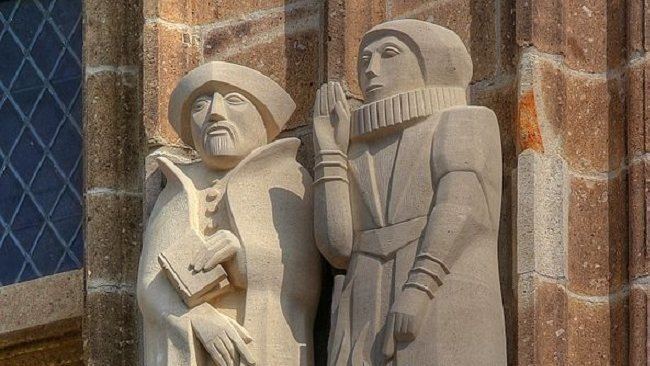 | ||
Died May 19, 1627, Melaten-Friedhof, Cologne, Germany | ||
Black fooss katharina henot 08 07 2016 lechenich
Katharina Henot (or Henoth), (1570 – 19 May 1627), was a German postmaster and an alleged witch, burned at the stake for sorcery in Cologne in Germany. She is one of the best-known German victims of the witch hunt, and the best known case in Cologne. She was also the likely first female postmaster in Germany.
Contents
- Black fooss katharina henot 08 07 2016 lechenich
- Katharina Henoth Gesamtschule Literatur Kurs
- Biography
- References
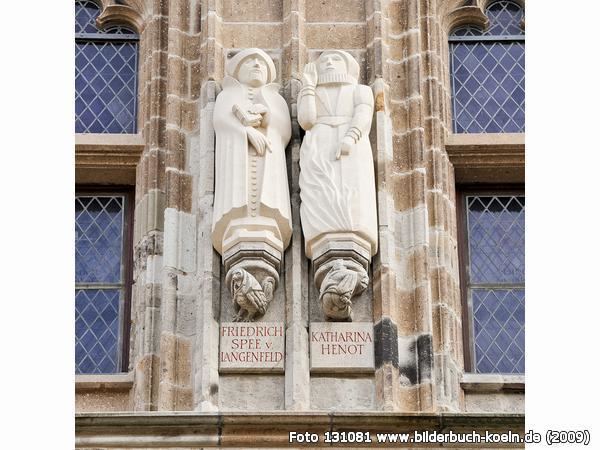
Katharina Henoth Gesamtschule Literatur-Kurs
Biography
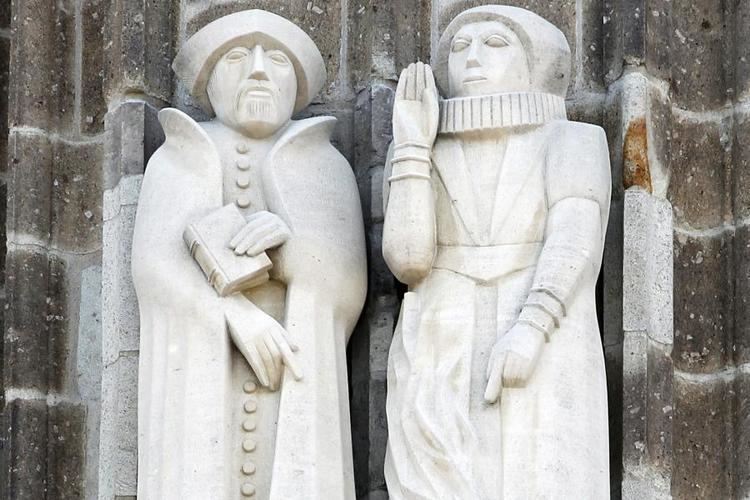
Katharina Henot was a well-known and influential citizen in Cologne, and was married to Heinrich Neuden. Together with her brother, Harger Henot (1571–1637), she had inherited the postal office from her father Jacob and worked as perhaps the first female postmaster in Germany. They were in a conflict in the Imperial court with Count Leonhard II von Taxis, who wished to create a central post office.
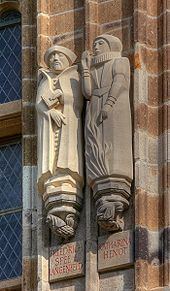
From 1626 to 1631, a great witch trial was held in the city of Cologne. In 1627, a nun in the convent in the city had become "obsessed". Rumors pointed out Henot, and the commission of the archbishop arrested both Henot and her brother in January 1627 and accused them of having caused several cases of death and sickness in the convent by use of magic. She was imprisoned and denied bail and protection.
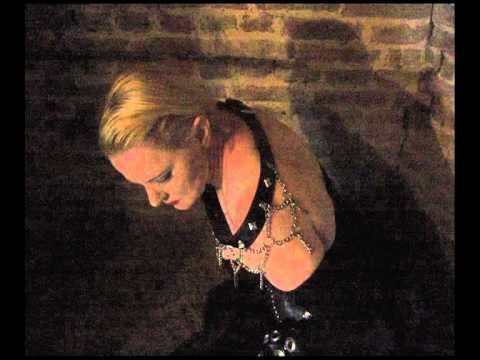
Henot refused to admit anything, even after being severely injured and sick from torture. She was in spite of this judged guilty and sentenced to be burned alive at the stake for sorcery. Her brother Hartgier Henot tried to get her freed by appealing directly to the Imperial court, but did not succeed. The trial against her is not considered to have been juridically correct even according to the law of the time. Later research has established the opinion that Henot was the victim of a conspiracy from the authorities of the city. Her brother tried to get her name cleared after her execution, but in 1629, he was himself pointed out as a witch by Christina Plum, one of the victims of the 1626–31 Cologne witch trials. He was arrested in 1631 together with a number of other influential citizens, but the witch trial was interrupted soon after by intervention.
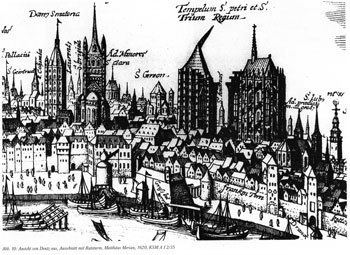
The City Council of Cologne issued a resolution on 28 June 2012 to exonerate Katharina Henot and the other victims of the persecution of witches in Cologne.
